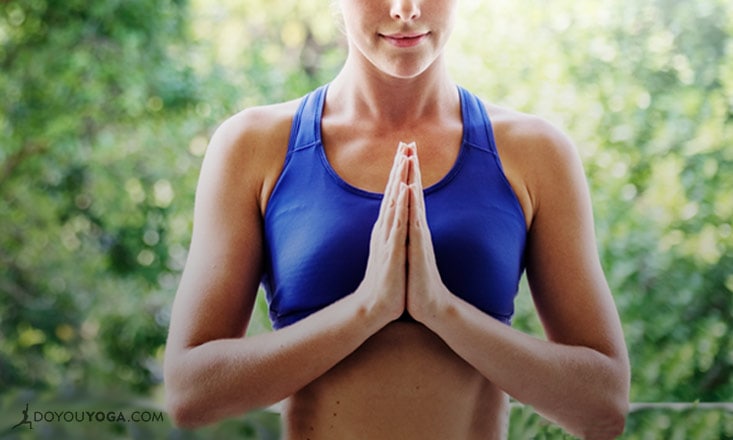What if I told you that every minute of your day is meditation? And then what if I asked you what you are meditating on?
Are you meditating on your difficult boss or the fight you had with your spouse or the guy who cut you off in traffic this morning? Or are you meditating on the beautiful rose you saw on the way to work and the vibrant colours in the dress your co-worker was wearing and the sunset you watched as you drove home?
Every minute of every day we are creating our own reality through how we perceive and how we choose to think about our environment. A regular meditation practice helps us learn how to be in the moment rather than dwelling on past hurts or future concerns.
Through meditation we learn that everything passes and there is only now. If you find seated meditation difficult, try these meditation alternatives to practice mindfulness instead.
1. Color In
Since you're reading this I'm going to assume that you're not living on an island in the middle of the sea, totally cut off from the world, and are therefore aware of the adult colouring book craze that has hit recently. I am living on an island in the middle of the sea and I haven't missed it!
We meditate to practice being in the present — a task easily achieved by colouring in. When we colour in we are not thinking about our worries or what we need to get at the supermarket. Instead, we are focused on the task in front of us.
Psychologist Carl Jung used mandala colouring as an applied relaxation technique in the early 20th century. Modern psychologists are also behind the technique as a way to combat stress because it shifts our focus away from worries, and because it taps into our imaginations and connects us to our childhoods.
2. String Beads
Similarly to colouring in, your mind will steer clear of worries and anxious thoughts if you give offer it something else to focus on. The patterns and rhythms of the beading help you to enter a state of flow as you become absorbed in your project.
And just like mandala coloring, beading also taps into your imagination and creativity. Beads (like rosary and mala) have been used for thousands of years for prayer and meditation. Plus there's the obvious benefit of creating something colorful and beautiful, and there can never be too much beauty in the world.
Beading also has many benefits for children including developing fine motor skills, visual perception, visual motor and cognitive skills — so if you have children, encourage them to bead as well!
3. Movement Meditation a.k.a. Go for a Walk (or a Swim or a Run)
Ever wonder why a lot of people go for a walk or run to clear their heads? The simple process of alternating steps (or strokes) helps us to cultivate a meditative state.
There are seated meditation techniques that require us to focus on our bodily sensations, but this is so much easier when our bodies are in motion. The other added benefit is that moving our bodies and increasing our heart rate makes us more conscious of our breath, and our patterns of inhalation and exhalation.
The best place for such meditations is the great outdoors so you can reap the benefits of being connected with nature, but if that's not an option, swim in a pool or run or walk on a treadmill. Focus on how your body feels as it's moving — your feet hitting the ground, your arms pushing through the water, the breath moving through your body.
How do you like to get out of your head and into the moment?


